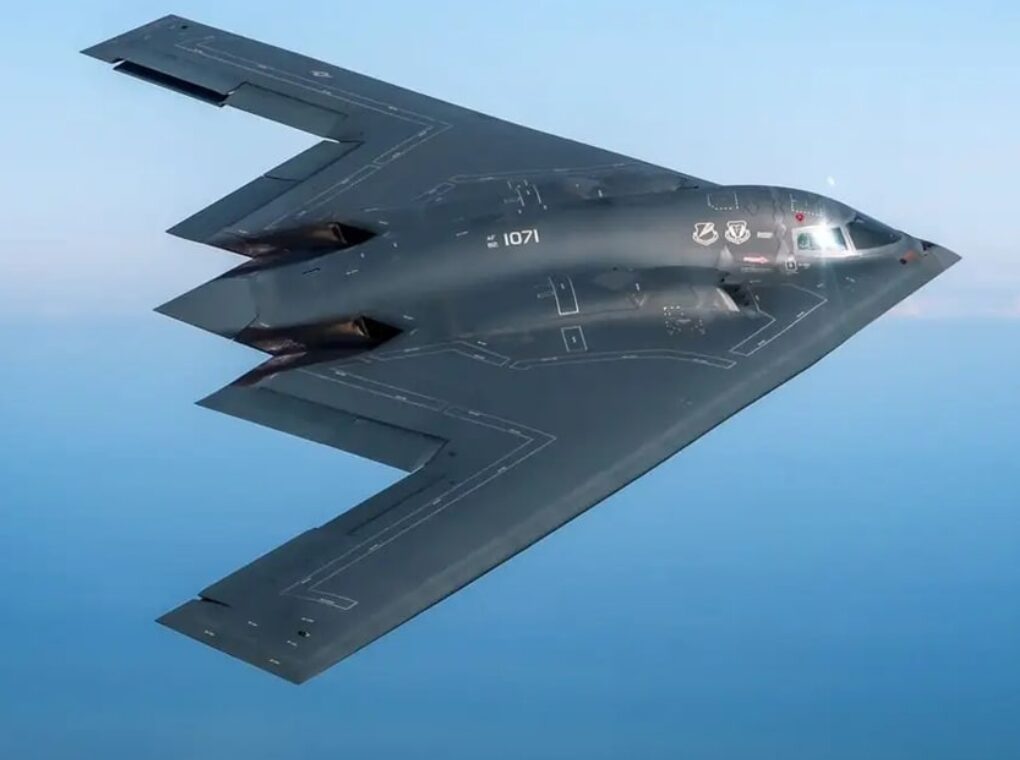In a startling development, it suggested that the United States may have used strategic deception to carry out its recent high-stakes airstrike on Iranian nuclear facilities, including Fordow, Natanz, and Isfahan. According to the media U.S. military may have deliberately misled both the public and international observers by disguising the direction of its stealth bombers’ flight path.
On Saturday night, U.S. B‑2 Spirit stealth bombers launched from Whiteman Air Force Base in Missouri to conduct direct strikes on Iran’s most fortified nuclear sites. But while public flight tracking data showed six B‑2s flying west—presumably toward Guam—that this was likely a diversion. The real bombers flew east toward Iran under heavy secrecy.
“It appears that was all a deception,” as per fox news citing internal sources. “They [the B‑2s] actually flew eastbound—much shorter distance—to reach Iran and launch those strikes.”
The Missouri base had been marked as “closed for maintenance,” further masking the stealth departure.
Strategic Deception
Military analysts have called the operation an example of classic military misdirection—used to confuse Iranian intelligence and global observers who rely on open-source aviation trackers. The supposed westward flight fed into the narrative that the aircraft were conducting a routine Pacific mission.
Instead, the U.S. executed a direct eastern approach, shaving significant time off the flight and allowing for a more surprising strike window.
Why It Matters?
The success of the mission—believed to have severely damaged or destroyed key nuclear infrastructure at Fordow and other sites—has geopolitical implications far beyond the Middle East. Analysts suggest this type of operational deception could:
Disorient enemy radar and surveillance networks
Delay adversary response times
Complicate intelligence assessments by foreign governments
Provide tactical surprise in hostile airspace
“The message here is clear,” said a retired U.S. Air Force strategist. “America is still capable of global reach—and will leverage any tactical advantage, including information warfare.”
Fallout and Reactions
Iran has condemned the strike and vowed retaliation. Iranian state media described the attack as “a gross violation of sovereignty,” and security officials have claimed that a response is “inevitable.”
Meanwhile, global energy markets have reacted nervously, particularly given Iran’s control over the northern Strait of Hormuz—through which roughly 20% of the world’s oil supply flows.
There has been no official confirmation from the Pentagon regarding the reported deception, but several unnamed defense officials have said the mission’s secrecy was “unprecedented in recent years.”
Looking Ahead
If this misdirection is confirmed, it could signal a new era of military operations in which digital decoys and manipulated flight tracking become integral to U.S. strategic doctrine. In the age of public OSINT (open-source intelligence), even digital footprints can be weaponized.
As tensions escalate in the region and global powers react, the effectiveness—and ethics—of such tactics will likely become the subject of debate in Washington and beyond.
